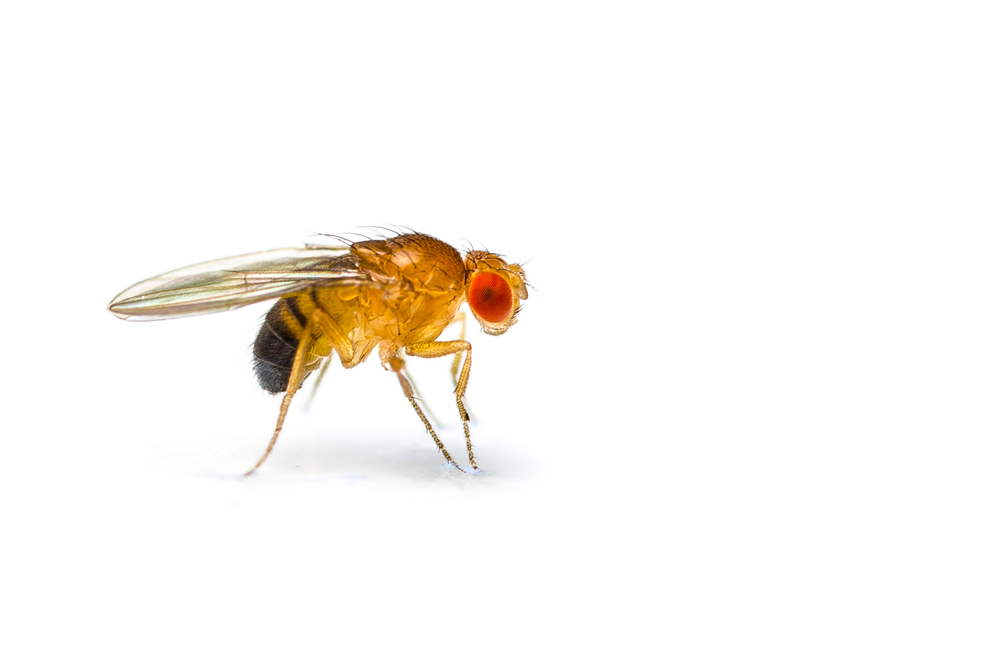Scientists Develop First Fruit Fly Model for Studying Sanfilippo Syndrome
Written by |

Researchers have developed and characterized the first fruit fly model for Sanfilippo syndrome to help advance knowledge about the cellular and molecular mechanisms that drive symptoms of the condition.
The study “Neuronal-specific impairment of heparan sulfate degradation in Drosophila reveals pathogenic mechanisms for Mucopolysaccharidosis type IIIA” was published in the journal Experimental Neurology.
The fruit fly Drosophila is a useful model for investigating the mechanisms of several human neurodegenerative diseases and has been used for lysosomal storage disorders (e.g., Gaucher disease, Batten disease, among others). Until now there was no fruit fly model for any of the mucopolysaccharidosis (MPS) disorders.
Deficiency of the N-sulfoglucosamine sulfohydrolase (SGSH) enzyme is the underlying cause of Sanfilippo syndrome, for which there is no available therapy. This enzyme is conserved in Drosophila, which led researchers to use it as a model to study Sanfilippo syndrome.
The team generated flies that had decreased expression of the SGSH enzyme — the same phenotype that is observed and used in the clinic to diagnose Sanfilippo syndrome.
However, because disease symptoms are mainly neurological, researchers generated a fruit fly model in which SGSH decrease was limited to nerve cells.
Neuronal-specific knockdown of SGSH led to the accumulation of acidic vesicles inside nerve cells and a progressive defect in climbing, a hallmark of neuronal dysfunction.
The flies also showed signs of impaired function of lysosomes and other cellular pathways, including a key pathway called autophagy — the regulated destructive mechanism of the cell that disassembles unnecessary or dysfunctional components and is impaired in lysosomal storage disorders such as Sanfilippo syndrome.
Previous studies observed that brain tissue samples of Sanfilippo syndrome patients showed high levels of oxidative stress — a condition characterized by the accumulation of damaging reactive oxygen species – and this was an early event contributing to the disease.
Similarly, oxidative stress also was found in the neuronal cells of the Drosophila model.
The study authors have developed and characterized the first fly model of an MPS III disorder, “which provides a novel genetic tool for elucidation of the molecular and cellular mechanisms that contribute to Mucopolysaccharidosis type IIIA, also known as Sanfilippo syndrome, phenotypic expression,” they wrote.




